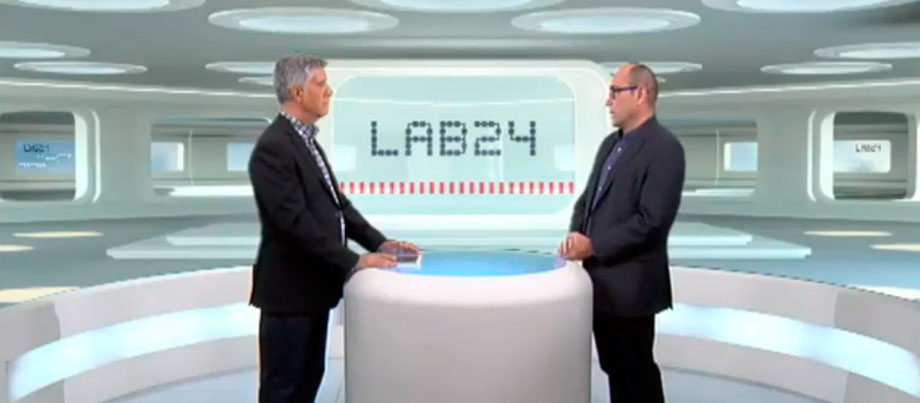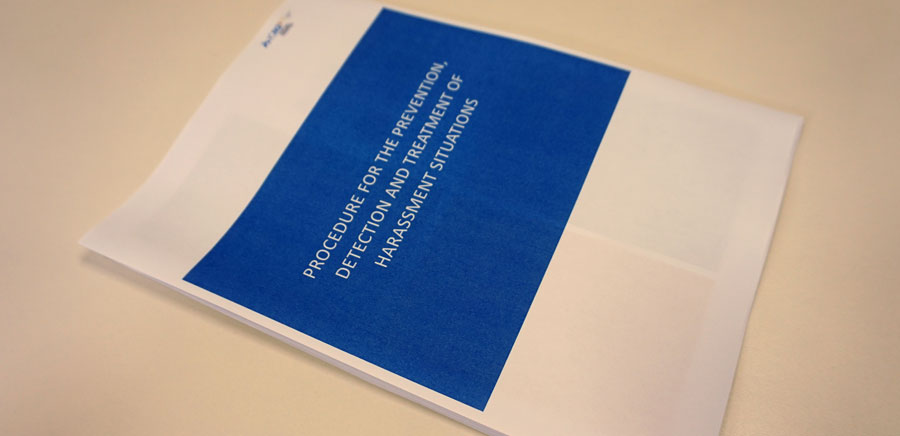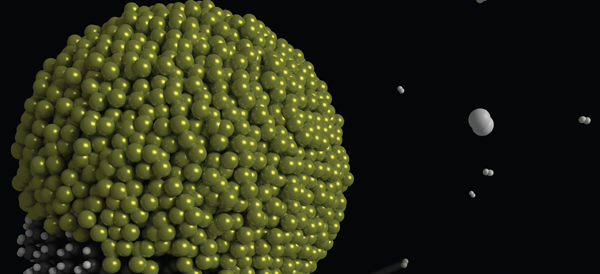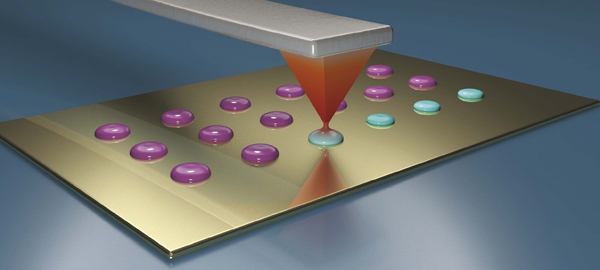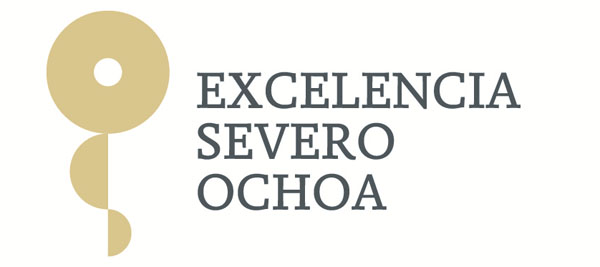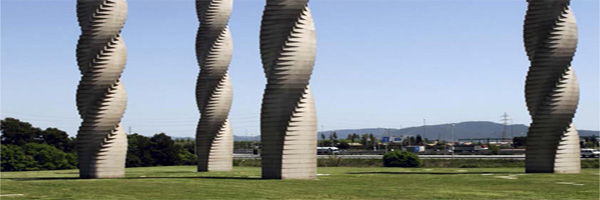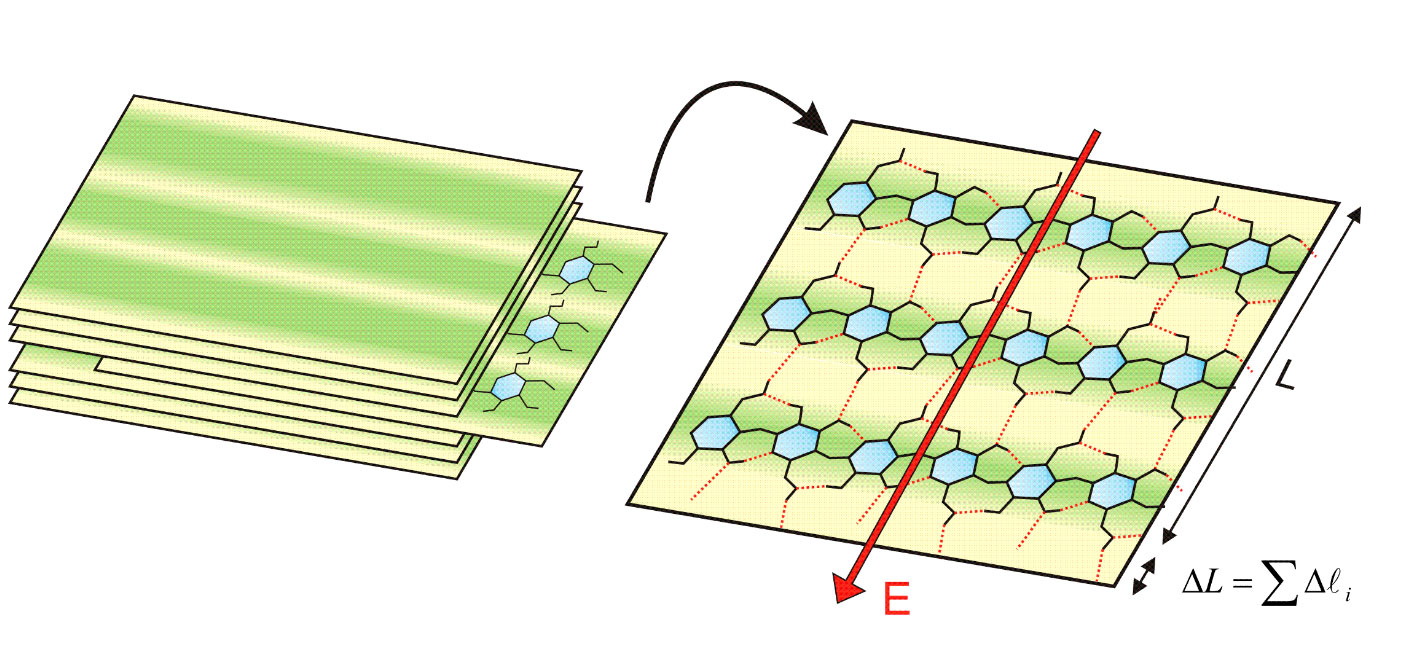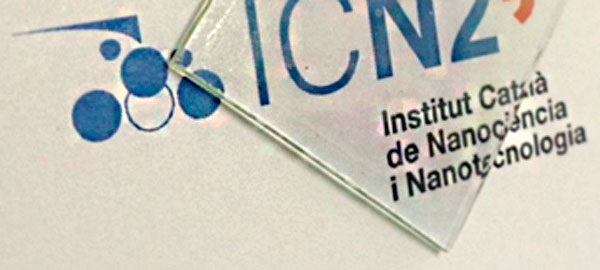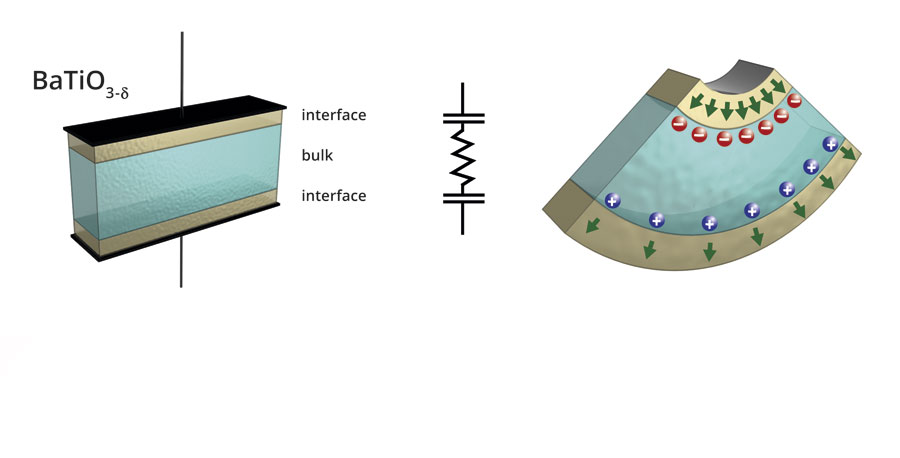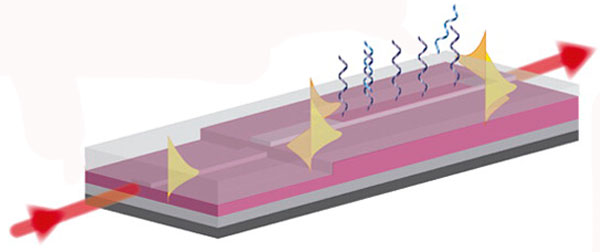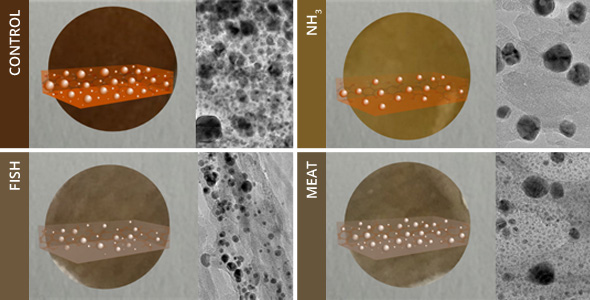Severo Ochoa Programme 2018-2022 NEWS
Our Partner:
https://royalreelspokies.live/ - Royal Reels Australia. Казино Вавада открывает доступ к игровой платформе через официальный сайт Vavada. Быстрая регистрация в
Вавада казино, щедрые бонусы и регулярные турниры с призовым фондом!
Thursday, 19 January 2017
TVE offers through its 24h Channel the science dissemination program Lab24. In its latest episode this highly recognised program offers an extensive overview of the research performed at ICN2.
Friday, 16 December 2016
Biosensing is growing on importance. Nanomaterials and, more specifically, graphene-based platforms have excellent properties for biosensing. In addition, flexible, abundant, low-cost and green materials, such as plastic and paper, can enhance this technology. Graphene-based biosensors will lead to breakthrough solutions for the real world, although their commercialization will imply diverse technical, production and market issues.
Wednesday, 14 December 2016
ICN2 is proud of the diversity of its community and seeks to ensure that each individual is treated with dignity and respect and that the different experiences, abilities and skills of each individual are valued by others. The latest example of this institutional compromise is the new institutional Procedure, presented by Rocío Pérez and José Pérez.
Wednesday, 23 November 2016
Researchers from Georgia Institute of Technology and ICN2 Advanced Electron Nanoscopy Group have recently published an article in Nano Letters. They show an improvement made on the growth procedure of a semiconductor nanowire at subeutectic conditions using hydrogen. These results may have a positive effect on the CMOS technology.
Wednesday, 16 November 2016
The Chemical Communications journal reviews the advances made towards the confinement of chemical reactions within small droplets. The focus of the article falls to the tip-assisted chemistry, a technique recently amended by the ICN2 Nanostructured Functional Materials Group.
Monday, 14 November 2016
Doctoral students, postdoctoral researchers and Group Leaders from the ICN2 celebrated the second Severo Ochoa Scientific Workshop. Through more than 30 presentations, the attendance obtained a detailed picture of the ICN2 research done so far in the context of the Severo Ochoa award.
Thursday, 10 November 2016
ICREA Prof. Stephan Roche and ICREA Prof. Sergio Valenzuela, Group Leaders at ICN2, in collaboration with researchers from Delaware University and CEA have recently published an article in Physical Review Letters. They question the interpretation of large values from the Spin Hall effect (SHE) signals, reported experimentally in chemically decorated graphene. Further, they propose new device geometry to suppress background contributions on the non-local resistance to access the upper limit of SHE in two-dimensional materials.
Thursday, 03 November 2016
The online resources of the last Manuel Cardona Lecture with Prof. Susan Trolier-McKinstry are already available. Access the whole Lecture or a personal interview in the ICN2 YouTube Channel. Prof. Nazario Martín will offer the next Lecture on November 4: "Carbon Nanostructures for the Ébola Virus".
Tuesday, 18 October 2016
Representatives from the five Centres of Excellence “Severo Ochoa” and the two Units of Excellence “María de Maeztu” located at the UAB Campus shared strategies towards achieving a top level of scientific excellence. The event was held on Monday October 17 in Centre for Research in Agricultural Genomics (CRAG), located at UAB Campus. The event counted on the presence of many other people from the scientific Spanish scene, such as Andreu Mas-Colell and Rolf Tarrach.
Tuesday, 11 October 2016
Researchers from ICN2 Phononic and Photonic Nanostructures Group publish in Scientific Reports findings providing the basis for new electromechanical designs using 2D-nanocellulose. In a longer-term perspective, the reinterpretation of electrical features for hydrogen bonds here introduced could pave the way in the understanding of life-essential molecules and events.
Friday, 07 October 2016
Representatives from the five Centres of Excellence “Severo Ochoa” and the two Units of Excellence “María de Maeztu” located in the UAB campus will share strategies towards achieving a top level of scientific excellence. The event will occur on October 17 in Centre for Research in Agricultural Genomics (CRAG), located at UAB Campus. October 14 is the deadline for the online registration. Dr. Carmen Vela, Secretaria de Estado de Investigación, Desarrollo e Innovación, will be attending the event together with other personalities.
Friday, 07 October 2016
ICN2 has recently announced two consecutive series of lectures of the Open Knowledge Programme. The first one, which started today, offers an overview on nanofabrication processes, tools and facilities available in the UAB Campus. The next one, to be held in November 9, 10 and 11, will consist on a TBtrans and TranSiesta Tutorial. You are welcome to join these transversal educational activities!
Monday, 03 October 2016
An article in Advanced Materials, authored by ICN2 researchers Dr Amador Pérez-Tomás, Prof Mónica Lira-Cantú and ICREA Prof Gustau Catalan, reports the largest photovoltaic field ever observed in a photovoltaic device.
Wednesday, 28 September 2016
The ICN2 delegation included the Director and a nourished representation of Group leaders involved in different approaches to graphene research and applications. After a series of contacts with Chinese representations, GrapChina becomes a strategic event to develop new contacts with key players such as the China Innovation Alliance of the Graphene Industry (CGIA).
Monday, 26 September 2016
The discovery, published today in Nature, is a significant breakthrough in solid state physics and is also potentially relevant for technology. The phenomenon, called flexoelectricity, arises from the redistribution of atoms and electrons in a material when it is bent. This redistribution of charges can be used to generate an electrical current. It was already known that insulating materials can be flexoelectric. The surprise discovery is that semiconductors can also be flexoelectric, and moreover they can generate far more electricity than insulators.
Monday, 29 August 2016
The ICN2 Nanobiosensors and Bioanalytical Applications Group, led by Prof Laura M. Lechuga, proposed a nanoplasmonic biosensor for colorectal cancer autoantibody detection in an article published in Analytica Chimica Acta. There is an evident need for novel screening tools for a less invasive and more specific screening and diagnosis to fight against this cancer.
Thursday, 11 August 2016
Researchers from the ICN2 Nanobiosensors and Bioanalytical Applications Group, led by Prof Laura Lechuga, have designed a nanophotonic biosensor for ultrasensitive detection of microRNAs in complex media. Results published in ACS Sensors demonstrate that such devices can be used as an ultrasensitive and specific diagnostic tool for the prediction of diseases (such as cancer) with well-defined microRNA signatures.
Tuesday, 10 May 2016
An article published today in Nature Communications presents a new method to determine the spin lifetime anisotropy of spin-polarized carriers in graphene using oblique spin precession. The work, led by ICREA research Prof Sergio O Valenzuela, Group Leader of the ICN2 Physics and Engineering Of Nanodevices Group, demonstrates spin-lifetime anisotropy measurements in graphene and discusses them in light of current theoretical knowledge.
Monday, 09 May 2016
In November 2015 Prof Albert Fert visited ICN2. We had the opportunity to interview him and record his ICN2 Manuel Cardona Lecture entitled "Spin-orbitronics, a new direction for spintronics". Interacting with him is a gift for curious minds. Now you can watch on YouTube both his highly specialised talk and a relaxed interview. We hope you enjoy it!
Friday, 08 April 2016
ICN2 researchers from Nanobioelectronics and Bisoensors Group, led by ICREA Professor Arben Merkoçi in collaboration with researchers in Canada and Iran, report a novel sensing technology for the visual detection of volatile compounds in a piece of plasmonic nanopaper. Their results have been just published in Nanoscale.
